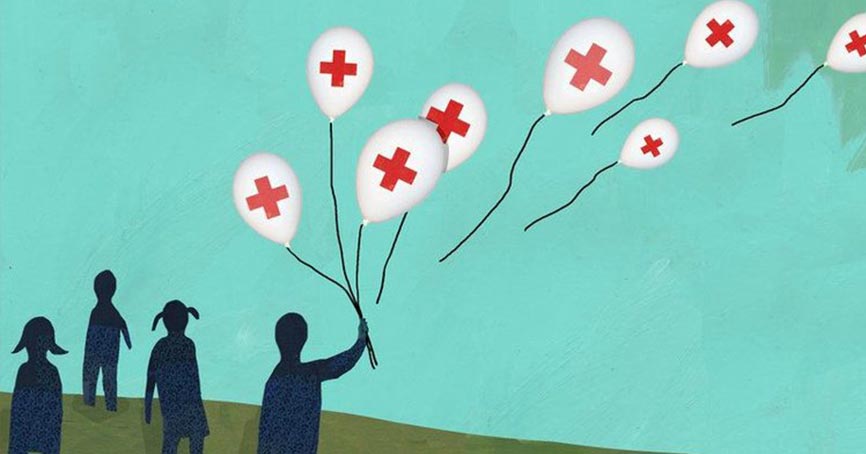Selfitis- Selfitis or the selfie disorder is a term that was coined long back as a joke- is now a severe condition. It is described as the extreme obsession of taking selfies on mobile phones.
The researchers at Nottingham Trent University and the Thiagarajar School of Management, India after a thorough research have classified ‘selfitis’ as a genuine mental disorder.
Its presence has been confirmed, and a 'selfitis' behaviour scale has been created to assess the severity of the disease. Developed with over 400 participants, the research was carried out on Indians. This was done because India has the most number of users on Facebook and also the most number of fatalities as a result of clicking selfies at dangerous locations
Levels of Selfitis- The Selfie Disorder
The “disease” is also classified into three levels depending on how severe the condition is. Based on findings published in the International Journal of Mental Health and addiction, there are three levels of the disease-
- Borderline- Taking pictures a minimum of three times a day but not posting them on social media.
- Acute- Taking pictures a minimum of three times a day and posting all of them on social media.
- Chronic- Taking pictures round the clock and also posting them on social media. This involves clicking more than six pictures a day.
But Why?
Clicking innumerable selfies in a day has its own set of reasons. People suffering from ‘selfitis’ may be doing so due to a few motivating factors that include-
- Increase in self-confidence
- Attention seeking
- Positive changes in moods
- A sense of connection with the people and the environment they live in
- Increasing conformity with the social group around
- Socially competitive
Can I test myself for selfitis- The Selfie Disorder?
It is possible to test oneself for selfitis using the Selfitis Behavior scale. The test has a number of questions that have a 1-5 rating. While five means strongly agree, one means strongly disagree. To analyse the result, one must know that the higher the score, the chances of survival would be even higher.
Selfitis Behavior Test
The statements to consider are-
- Taking selfies allows me a good feeling so I can better enjoy my environment.
- I gain lots of attention by posting selfies on social media.
- By taking selfies, I am able to reduce my stress levels considerably.
- Sharing selfies ensures the creation of healthy competition with my colleagues and friends.
- Taking selfies to guide me with a sense of confidence
- Posting pictures on social media helps me gain acceptance among the peer
- I am able to be more expressive through selfies
- Clicking different selfie pictures elevates my social status.
- Posting selfies on social media is a matter of pride and popularity for me.
- Clicking selfies make me happy and improve my mood.
- I feel positive about myself as I take selfies.
- I use photo editing tools to enhance my selfie so I can look the best.
- Without selfies, I feel detached from my friend's group
- Selfies are my trophies for future memories
- I take selfies and view them privately to increase confidence.
- I expect my friend to compliment me every time I upload a new picture.
- The number of likes and comments on a picture are super important to me.
- Selfies assist in creating better memories of the occasion and experience.
- Being a part of my peer group is all courtesy of the disease.
If you have answered “strongly agree” to most of the questions, you know that something is terribly wrong.
Factors of Selfie Addiction
After the researchers received the answers to these questions, they were helped to devise the SBS, which divides the factors of selfie addiction into six categories as below-
- Environmental Enhancement- A person in this category mainly takes selfies for the purpose of enjoying the environment and having proper memories of specific occasions and experiences. For these people, selfies are trophies for specific occasions.
- Social Competition- For these people, sharing selfies creates healthy competition with friends and colleagues. They do so to maintain social status and post selfies so as to get more likes and comments on social media.
- Attention Seeking- These people believe in attention seeking and do so by sharing a number of selfies on social media. They post selfies not for themselves but from appreciation from their friends.
- Mood Modification- These people are able to reduce stress levels by taking selfies and believe that taking more selfies can help improve mood.
- Self- Confidence- For these people, taking selfies is a way of enhancing confidence. Moreover, it leads to positivity and majorly increases a person’s confidence.
- Subjective Conformity- People in this category seek and gain acceptance among the peer group while taking and posting selfies. They feel that they become strong members of the peer group by posting selfies. When not taking selfies, they may feel detached from their peer group.
If even a day without selfies is a challenge, it is evident that one is suffering from selfitis. In such a case, it is advisable to visit the doctor to understand how one can get rid of the problem.

 Jun 03, 2019
Jun 03, 2019
 May 30, 2018
May 30, 2018 May 10, 2018
May 10, 2018 May 17, 2018
May 17, 2018